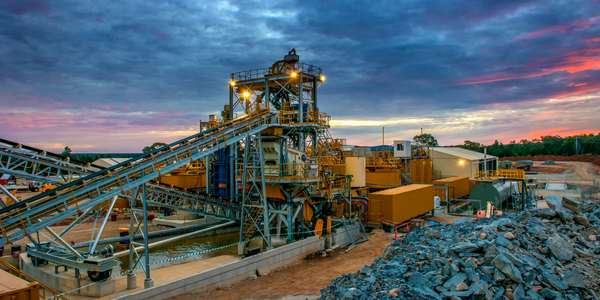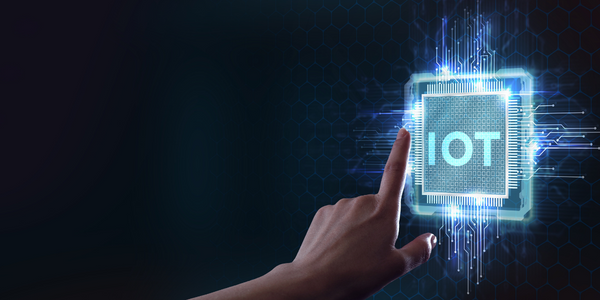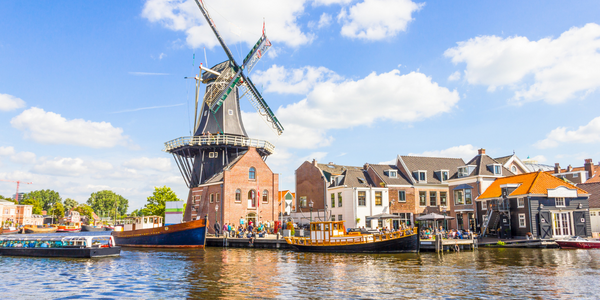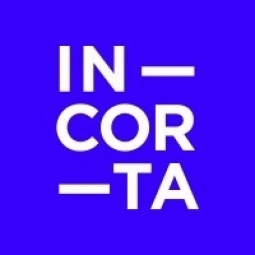技术
- 分析与建模 - 实时分析
- 功能应用 - 制造执行系统 (MES)
适用功能
- 销售与市场营销
用例
- 实时定位系统 (RTLS)
- 资产跟踪
服务
- 系统集成
关于客户
Al-Watania 是一家拥有超过 10,001 名员工的制造公司。他们在运营部门运营,并使用 SAP 技术进行数据管理。
挑战
访问数据以及创建报告和仪表板对于帮助 Al-Watania 团队掌控运营至关重要。该公司之前的 BI 解决方案速度缓慢,并且经常出现不一致的情况,导致高管们质疑信息的有效性。加载数据和执行查询花费的时间太长,并且实时运行仪表板几乎是不可能的。由于 IT 团队必须依赖多个 SAP 应用程序来开发所需的仪表板,因此用户界面通常很复杂,给业务用户带来了困难,这进一步加重了昂贵的 IT 资源的负担。
解决方案
通过实施 Incorta,整个组织的 50 多个业务用户可以访问来自所有企业数据系统并与其他 BI 可视化工具集成的强大报告和仪表板。 Incorta使用直接数据映射进行数据源,消除了ETL中不必要的部分,并允许业务用户独立生成报告的能力。可以集成来自多个企业来源的数据,包括 SAP 软件,以创建支持实时操作的最新报告。业务用户可以轻松创建自己的报告和仪表板。
运营影响
数量效益

Case Study missing?
Start adding your own!
Register with your work email and create a new case study profile for your business.
相关案例.

Case Study
IoT Applications and Upgrades in Textile Plant
At any given time, the textile company’s manufacturing facility has up to 2,000 textile carts in use. These carts are pushed from room to room, carrying materials or semi-finished products. Previously, a paper with a hand-written description was attached to each cart. This traditional method of processing made product tracking extremely difficult. Additionally, making sure that every cart of materials or semi-finished products went to its correct processing work station was also a problem. Therefore, the company desired an intelligent solution for tracking assets at their factories. They also wanted a solution that would help them collect process data so they could improve their manufacturing efficiency.

Case Study
Goldcorp: Internet of Things Enables the Mine of the Future
Goldcorp is committed to responsible mining practices and maintaining maximum safety for its workers. At the same time, the firm is constantly exploring ways to improve the efficiency of its operations, extend the life of its assets, and control costs. Goldcorp needed technology that can maximize production efficiency by tracking all mining operations, keep employees safe with remote operations and monitoring of hazardous work areas and control production costs through better asset and site management.

Case Study
Leading Tools Manufacturer Transforms Operations with IoT
Stanley Black & Decker required transparency of real-time overall equipment effectiveness and line productivity to reduce production line change over time.The goal was to to improve production to schedule, reduce actual labor costs and understanding the effects of shift changes and resource shifts from line to line.

Case Study
Buoy Status Monitoring with LoRa
The Netherlands are well-known for their inland waterways, canals, sluices and of course port activities. The Dutch Ministry of Infrastructure indicates that there are thousands of buoys and fixed items in and near water environments that would profit from IoT monitoring. One of the problems with buoys for example, is that they get hit by ships and the anchor cable breaks. Without connectivity, it takes quite some time to find out that something has happened with that buoy. Not to mention the costs of renting a boat to go to the buoy to fix it. Another important issue, is that there is no real-time monitoring of the buoys at this moment. Only by physically visiting the object on the water, one gains insight in its status.
Case Study
IoT Based Asset Tracking System
The existing system used by the customer could only track a few thousand assets and was able to generate only a few standard set of reports. As the number of assets tracked grew exponentially, the system started to break at the seams. The Tracking devices were from different manufacturers following different protocols. There was no proper integration among the devices to send instant alerts. There are thousands of tracking devices spread across multiple geographies, that are moving. The configuration and troubleshooting of these devices incurred heavy costs, which was a logistics challenge. The existing system did not provide sophisticated Analytics, Business Intelligence and Insights from the data








